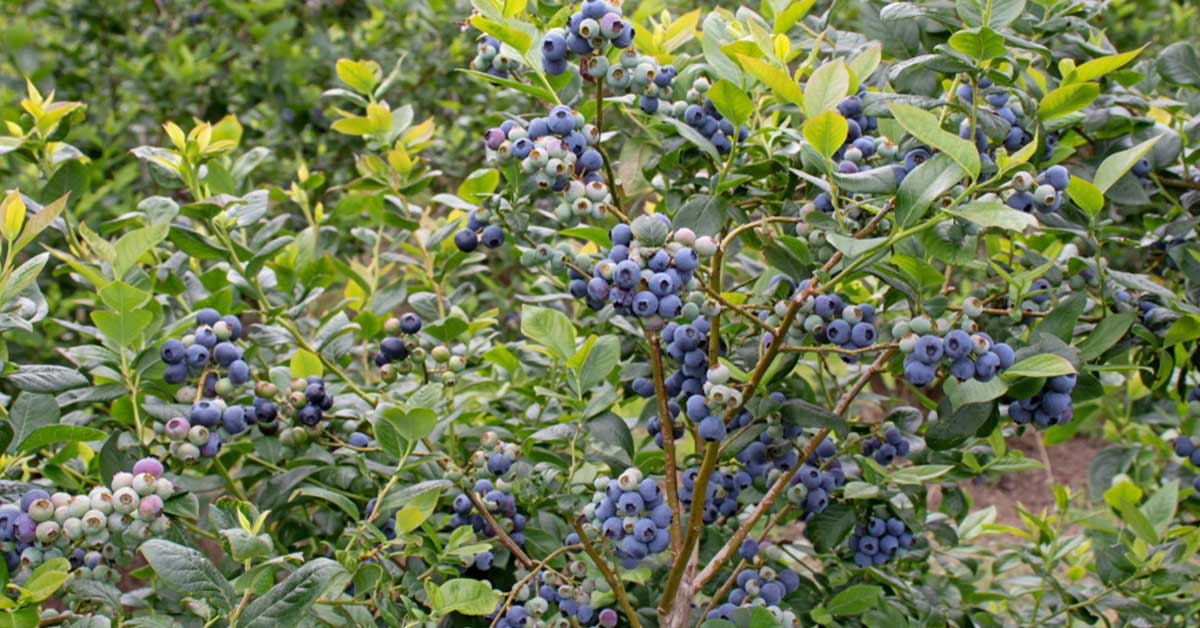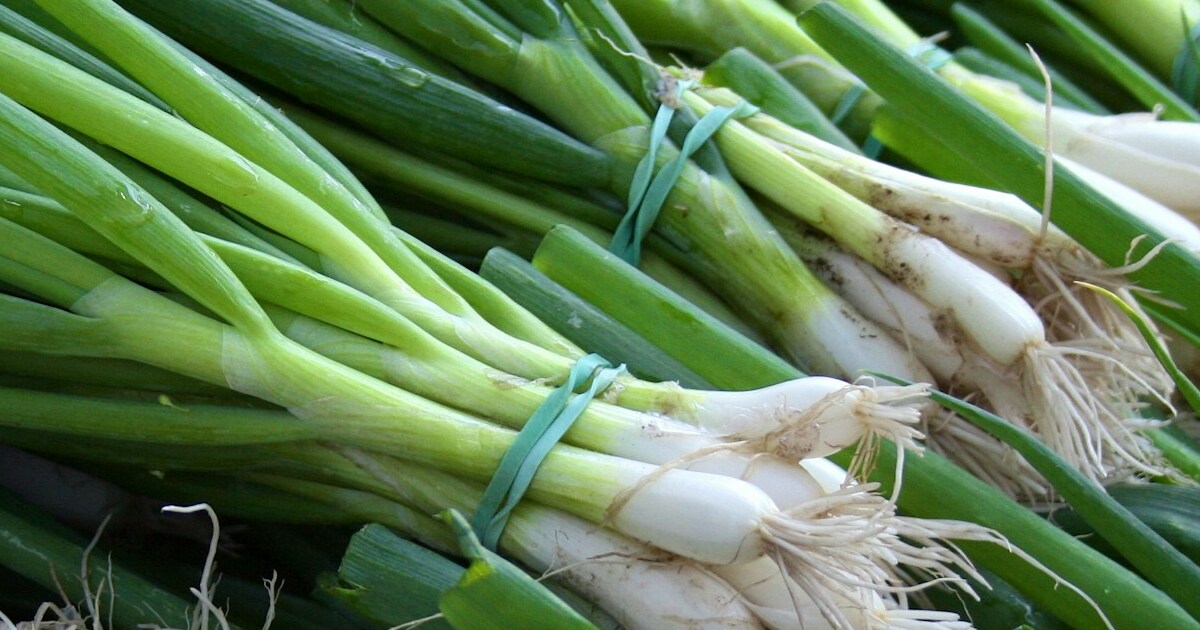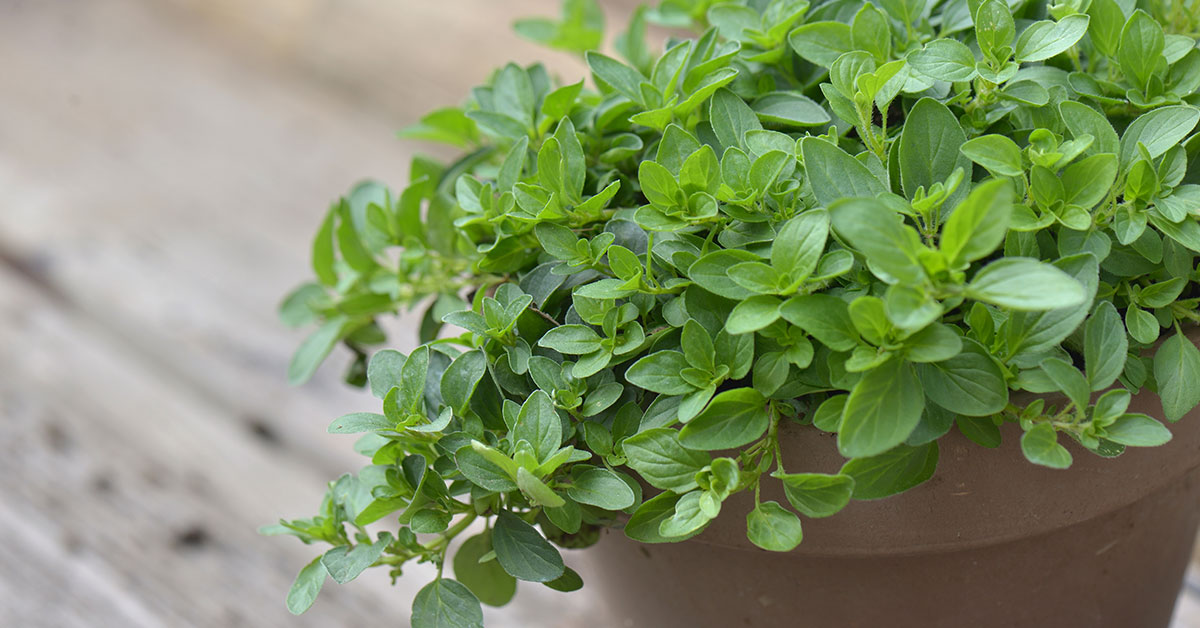There’s more to the Blueray blueberry than mere taste, they are also packed with incredible health benefits that can assist in maintaining a well-balanced lifestyle.
We will talk about the captivating Blueray blueberry, exploring its origins, characteristics, and the numerous reasons why it has become a favorite among fruit enthusiasts and health aficionados alike.
What is a Blueray Blueberry?
Blueray Blueberries, also known as Vaccinium corymbosum, are native to North America. They were first cultivated in the early 20th century by a breeder named Frederick Coville, who dedicated his life to developing improved blueberry varieties. His efforts resulted in the birth of Blueray Blueberries, which quickly gained popularity among blueberry enthusiasts for their superior taste and appearance.
Blueray Blueberries are easily distinguishable from other blueberry varieties due to their unique characteristics. They are larger in size compared to regular blueberries and have a deep blue color that almost appears black. The skin of Blueray Blueberries is thick and firm, protecting the delicate flesh inside. When you bite into a Blueray Blueberry, you’ll experience an explosion of sweet and tangy flavors that are simply delightful.
Besides being a delicious treat, Blueray Blueberries also offer several health benefits. They are packed with essential nutrients, including dietary fiber, vitamin C, and antioxidants. These antioxidants help protect the body against free radicals, which are harmful molecules that can cause oxidative stress and damage cells. Regular consumption of Blueray Blueberries has been linked to improved heart health, brain function, and a strengthened immune system.
Blueray Blueberries are incredibly versatile in the kitchen. You can enjoy them fresh as a snack, toss them into salads or yogurt, or use them in a variety of desserts like pies, muffins, and pancakes. Their intense flavor and rich color make them a popular choice among bakers and chefs alike. They can also be frozen or preserved for later use, allowing you to enjoy the taste of Blueray Blueberries all year round.
Blueray Blueberries are widely available in supermarkets, farmers’ markets, and even online. During the peak season, which typically falls between July and August, you can find them at their freshest and most affordable. If you’re lucky, you might even stumble upon local blueberry farms where you can pick your own Blueray Blueberries, creating a fun and memorable experience for the whole family.
What does Blueray Blueberry taste like?
Blueray Blueberries are known for their perfect balance of sweetness and tanginess. They have a natural sweetness that is not overpowering, making them enjoyable to eat on their own or incorporate into various dishes. The tangy notes add a refreshing twist, enhancing the overall flavor profile. This delightful combination of flavors makes Blueray Blueberries a versatile ingredient in both sweet and savory recipes.
One of the defining characteristics of Blueray Blueberries is their intense flavor. Unlike some milder blueberry varieties, Blueray Blueberries have a bold and robust taste that lingers on the palate. Their flavor is often described as rich and complex, with hints of floral and earthy notes. The unique flavor profile of Blueray Blueberries sets them apart from other blueberry varieties, making them a favorite among blueberry enthusiasts.
Blueray Blueberries are known for their plumpness and juiciness. When you bite into a Blueray Blueberry, you’ll experience a burst of flavors as the juicy goodness fills your mouth. The texture is soft and smooth, and the juiciness adds an extra dimension to the overall taste experience. Whether you enjoy them fresh, in smoothies, or baked into desserts, the juiciness of Blueray Blueberries will never disappoint.
The exceptional taste of Blueray Blueberries makes them a versatile ingredient in the culinary world. They can be used in a wide range of recipes, from breakfast dishes like pancakes and muffins to salads, sauces, and even savory meat dishes. Blueray Blueberries’ unique flavor profile adds depth and complexity to any recipe they are incorporated into, making them a favorite among chefs and home cooks alike.
How to start from seed
Starting your own Blueray blueberry plants from seeds can be a rewarding and cost-effective way to grow these delicious berries in your own backyard. While it may take a little more time and patience compared to purchasing established plants, the process can be quite simple if you follow the right steps.
- Gather Your Supplies:
Before you begin, make sure you have all the necessary supplies ready. This includes Blueray blueberry seeds, seed trays or pots, high-quality potting soil, a spray bottle, and a clear plastic cover or plastic wrap to create a greenhouse-like environment for the seeds. - Stratification:
Blueray blueberry seeds require a process called stratification to mimic the natural conditions they would experience during winter. Start by placing the seeds in a plastic bag with a moistened paper towel. Seal the bag and refrigerate it for about 60-90 days. This cold stratification process will help break seed dormancy and promote germination. - Sowing the Seeds:
After the stratification period, take the seeds out of the refrigerator and sow them in seed trays or pots filled with moistened potting soil. Make sure to press the seeds gently into the soil, leaving a small gap between each seed. Lightly mist the soil surface with water using a spray bottle to keep it moist. - Creating the Ideal Environment:
To provide optimal growing conditions, cover the seed trays or pots with a clear plastic cover or plastic wrap. This will help retain moisture and create a greenhouse-like environment for the seeds. Place the trays or pots in a warm location with indirect sunlight. - Watering and Care:
Regularly check the soil moisture level and mist the soil surface with water as needed to keep it consistently moist but not waterlogged. Avoid overwatering, as it can lead to root rot. Maintain a warm temperature of around 70-75°F (21-24°C) to encourage germination. Be patient, as germination can take several weeks. - Transplanting Seedlings:
Once the seedlings have developed their first set of true leaves, they can be transplanted into larger pots or directly into the ground. Use a well-draining soil mix and provide the plants with a sunny location that receives at least 6-8 hours of sunlight per day. Space the plants about 4-6 feet apart to allow for proper growth and airflow.
How to grow this fruit in your garden
Blueray blueberries are a popular choice among gardeners due to their large, flavorful berries and their ability to thrive in various climates. If you’re interested in growing your own Blueray blueberry plants, these steps will guide you through the process to ensure a successful harvest.
- Selecting the Right Variety:
Before you start growing Blueray blueberries, it’s important to choose the right variety. Blueray is known for its high productivity and excellent flavor, but there are also other varieties available. Consider factors such as your climate, soil type, and personal preferences to make the best choice for your garden. - Preparing the Soil:
Blueray blueberries thrive in acidic soil with a pH level between 4.5 and 5.5. Test your soil to determine its pH level and make adjustments if needed. Incorporate organic matter, such as compost or peat moss, to improve the soil’s fertility and drainage. Ensure the planting site receives at least six hours of direct sunlight daily. - Planting:
Blueray blueberries are typically planted in early spring or fall. Dig a hole that is twice the size of the root ball and place the plant in the hole, ensuring it is at the same depth as it was in the container. Backfill the hole with soil and water thoroughly. Space the plants about 4-6 feet apart to allow for proper growth. - Watering and Fertilizing:
Blueberries have shallow roots, so it’s important to keep the soil consistently moist but not waterlogged. Water deeply once a week, especially during dry periods. Apply a balanced, slow-release fertilizer in early spring and again in late spring to promote healthy growth. Avoid fertilizing after mid-summer to prevent new growth that may be damaged by winter frost. - Pruning and Maintenance:
Pruning is essential for maintaining the shape, health, and productivity of Blueray blueberry plants. Prune in late winter or early spring when the plant is dormant. Remove any dead, damaged, or crossing branches. Thin out crowded areas to improve air circulation and sunlight penetration. Regularly remove weeds and mulch around the base of the plant to conserve moisture and suppress weed growth. - Pest and Disease Control:
Blueray blueberries are susceptible to certain pests and diseases, including birds, aphids, mites, and fungal infections. Protect your plants by using bird netting, applying organic insecticides, and practicing good garden hygiene. Regularly inspect your plants for any signs of pests or diseases and take appropriate action to prevent their spread.
Growing Blueray blueberries can be a rewarding experience, offering you a bountiful harvest of delicious, nutritious berries. By selecting the right variety, preparing the soil, providing adequate care, and staying vigilant against pests and diseases, you can enjoy the beauty and taste of these wonderful blueberries right in your own backyard.













